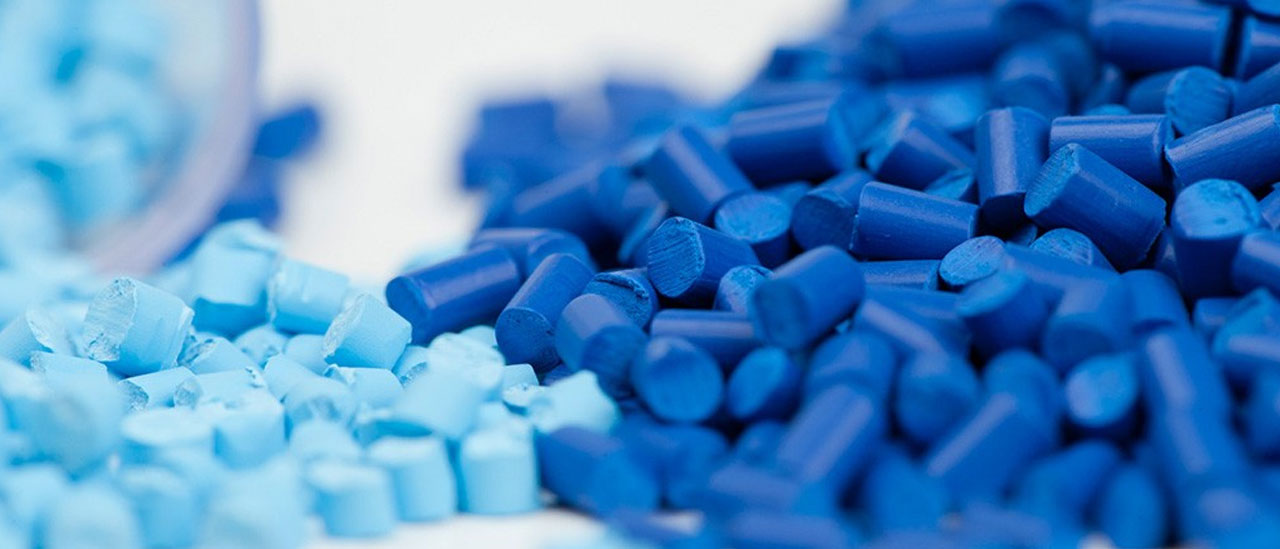


Polymer fillers are materials added to polymers (plastics) to improve their properties, reduce costs, or achieve specific characteristics in the final product. These fillers are mixed into the polymer matrix during manufacturing to enhance performance or modify certain attributes of the plastic.
Inorganic Fillers: These include materials like calcium carbonate, talc, clay, and glass fibers. They are often used to improve strength, rigidity, and dimensional stability.
Organic Fillers: These can be materials like wood fibers, natural fibers, and certain types of plastic particles. They are used to enhance properties like impact resistance or reduce production costs.
Reinforcements: For higher strength and stiffness, fillers like glass fibers or carbon fibers are used. These can significantly increase the mechanical performance of the polymer.
Extenders: These fillers, such as calcium carbonate or silica, are used to reduce the overall cost of the polymer by replacing a portion of the more expensive polymer with less costly filler.
Colorants: Pigments or dyes can be added as fillers to provide color to the polymer.
Cost Reduction: Fillers can reduce the amount of expensive polymer required, making the final product more cost-effective.
Enhanced Properties: Fillers can improve various properties of the polymer, such as strength, stiffness, impact resistance, and thermal stability.
Improved Processing: Some filler can enhance the processing characteristics of polymers, making them easier to mold or extrude.
Reduced Density: Certain fillers can lower the density of the polymer, making it lighter and more suitable for applications where weight is a concern.
